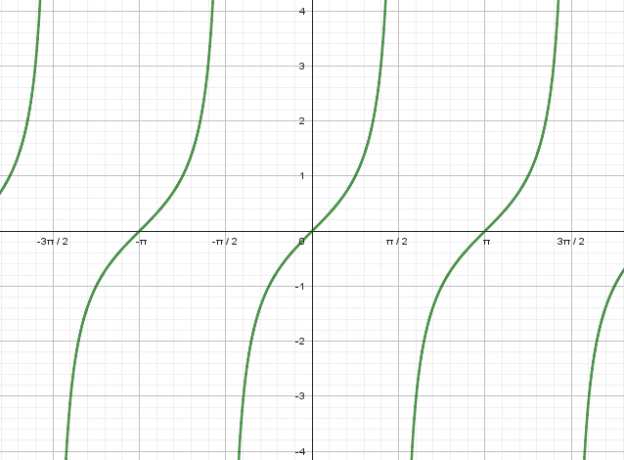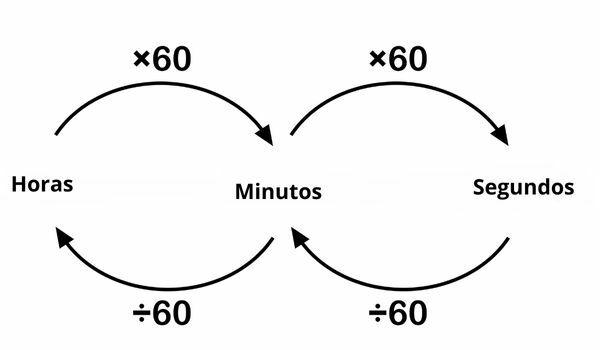The number is the idea we have of some amount, the numeral is how we express that amount, which can be in writing or through numbers, which are the symbols.
For example, if you are 24 years old, the number is your idea of how many years you have lived. The numeral 24 or twenty-four is the way we represent this idea, and the numbers we use for this are 2 and 4.
So, the digits make up the numerals, and the numerals represent the idea of a number.
What is number?
A number is an abstract concept used to count and measure things, it is an idea of quantity. It can be represented in different ways, such as showing the fingers, or through numerals.

There are also special numbers, such as π (Pi), which cannot be written exactly, but which are still numbers because we know the idea they want to represent.
What is numeral?
A numeral is a symbol or name we use to represent a number. If the number is an idea, the numeral is the way we write it.
We can think of the concepts of number and numeral as getting to know a person. The person's name is not their exact representation, nor is it their image, but it is the way we call them. Thus, it is as if the person himself is the number, while his name is the numeral.

Numerals can be divided into cardinal, ordinal, multiplicative, collective or fractional.
- cardinal numerals: are the form we use most, and indicate simple quantities. Ex: One, two, two hundred, one thousand;
- ordinal numbers: Represent some form of order, hierarchy, or sequence. Ex: First, second, third;
- Multiplicative Numerals: Indicate the multiplication of a unit. Ex: Double, triple, double and quintuple;
- collective numeral: Represent sets of units. Ex: Ten, hundred, decade, dozen;
- fractional numeral: Express a divided unit, in relation to its total. Ex: Half, twelfths, one third.
What is a digit?
The digit is the symbol we use to express numbers. The most common numbers in our day-to-day are the Indo-Arabic: 0, 1, 2, 3, 4, 5, 6, 7, 8 and 9.
We can represent any numeral using these numbers, just positioning them the way we want. For example, joining the numbers 1 and 4 we have the number 14.
Another well-known system is Roman numerals, which use seven letters of our Latin alphabet: I, V, X, L, C, D and M.
The number five, then, can be represented by the Roman numeral V or by the Indo-Arabic numeral 5.
| Roman numerals | Indo-Arabic Numerals |
| I | 1 |
| V | 5 |
| X | 10 |
| L | 50 |
| W | 100 |
| D | 500 |
| M | 1000 |
Briefly, number is the concept of quantity, numeral is the way we write it, and digits are the symbols we use to form the numeral.
See also the difference between Arrangement and Combination.


